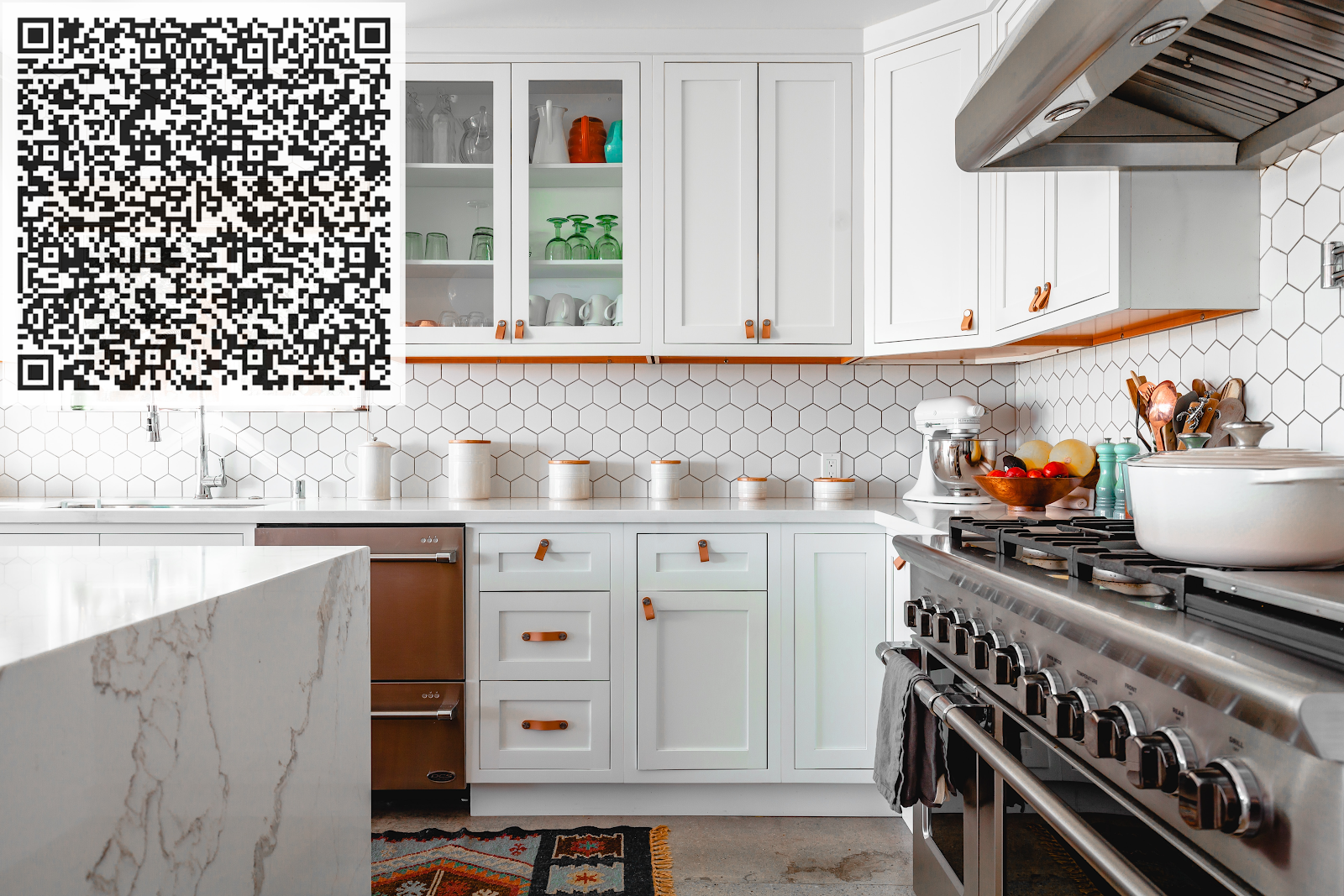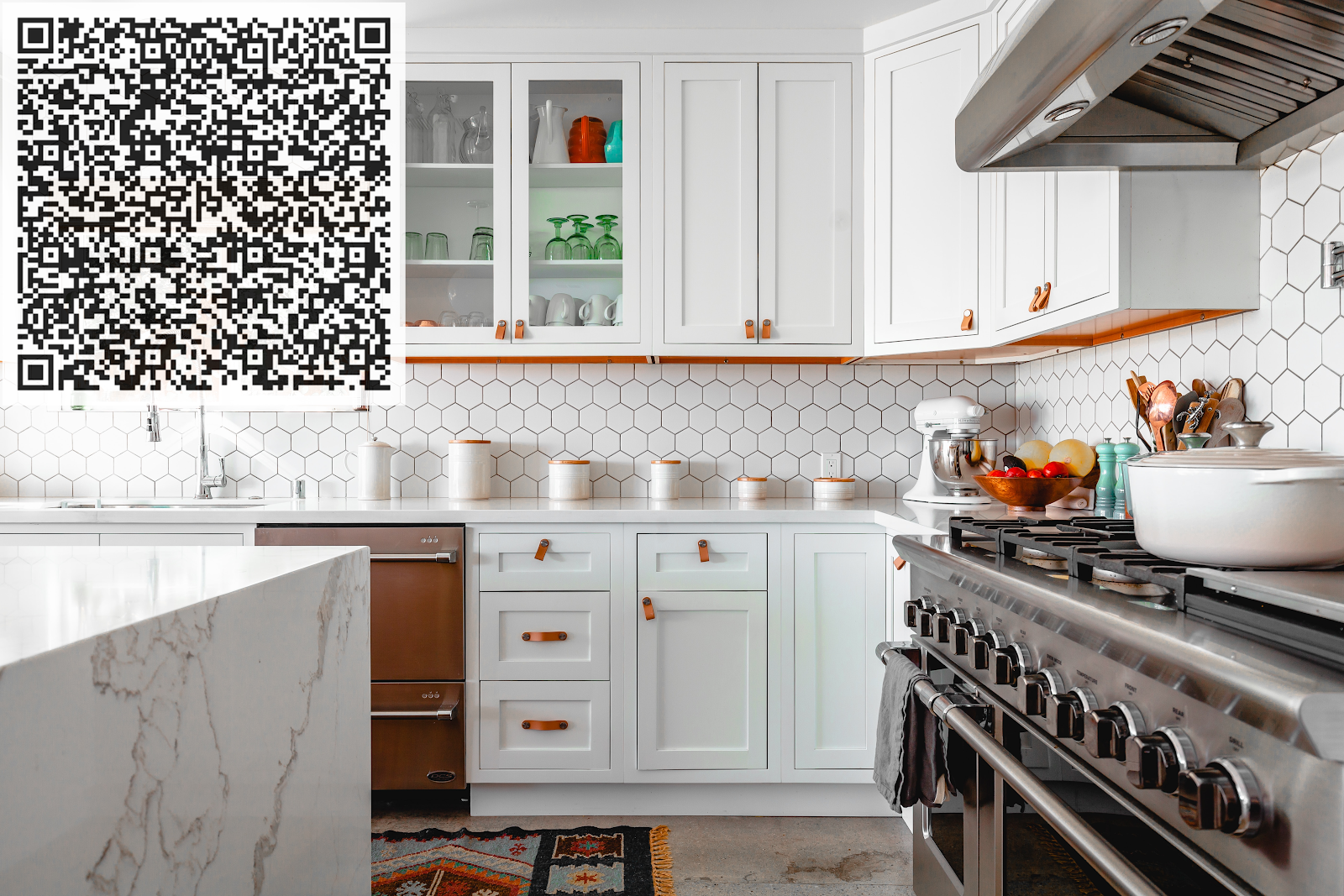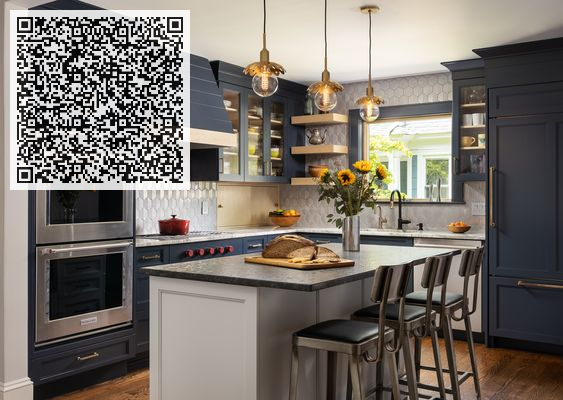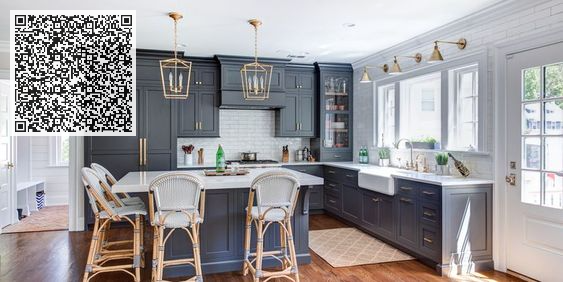Can I use reclaimed wood in a kitchen renovation?
Renovating your kitchen is an exciting venture, and one trend that continues to gain popularity is the use of reclaimed wood. Not only does it bring a unique and rustic charm to your space, but it also carries environmental benefits by repurposing materials. In this blog, we'll explore the advantages of incorporating reclaimed wood into your kitchen renovation and address some common questions to help you make an informed decision.
Benefits of Reclaimed Wood in the Kitchen:
Environmental Sustainability:
Reclaimed wood gives a second life to materials that might otherwise end up in landfills. By choosing reclaimed wood, you contribute to a more sustainable and eco-friendly kitchen design.
Distinctive Aesthetic Appeal:
The natural patina, weathered textures, and imperfections of reclaimed wood create a one-of-a-kind aesthetic. Whether you opt for barn wood, pallets, or salvaged beams, your kitchen will exude character and warmth.
Durability and Strength:
Reclaimed wood often comes from older structures, which means it has already withstood the test of time. This wood tends to be more robust and durable than newly harvested alternatives, making it an excellent choice for high-traffic areas like the kitchen.
Versatility in Design:
Reclaimed wood can be used in various ways, from flooring and countertops to cabinets and accent walls. Its versatility allows you to personalize your kitchen and create a space that reflects your unique style.
FAQs:
1. Is reclaimed wood suitable for kitchen countertops?
Yes, reclaimed wood can make stunning and durable countertops. However, it's essential to properly seal the wood to protect it from moisture, stains, and heat.
2. How do I maintain reclaimed wood in the kitchen?
Regular cleaning with a mild soap and water solution is usually sufficient. Avoid harsh chemicals, and reapply a protective finish as needed to preserve the wood's integrity.
3. Are there any concerns about insects or mold in reclaimed wood?
Properly treated and sealed reclaimed wood should not pose a higher risk of insects or mold than newly harvested wood. Inspect the wood thoroughly before installation and ensure it has been properly treated.
Conclusion:
Embracing reclaimed wood in your kitchen renovation is more than a design choice; it's a commitment to sustainability and a celebration of history. The unique character, durability, and versatility of reclaimed wood make it a compelling option for those looking to infuse their kitchen with warmth and personality. By choosing reclaimed wood, you not only enhance the aesthetics of your kitchen but also contribute to a more eco-conscious and responsible approach to home design. So, go ahead, let the beauty of reclaimed wood redefine your kitchen space and create a lasting impact.




Comments
Post a Comment